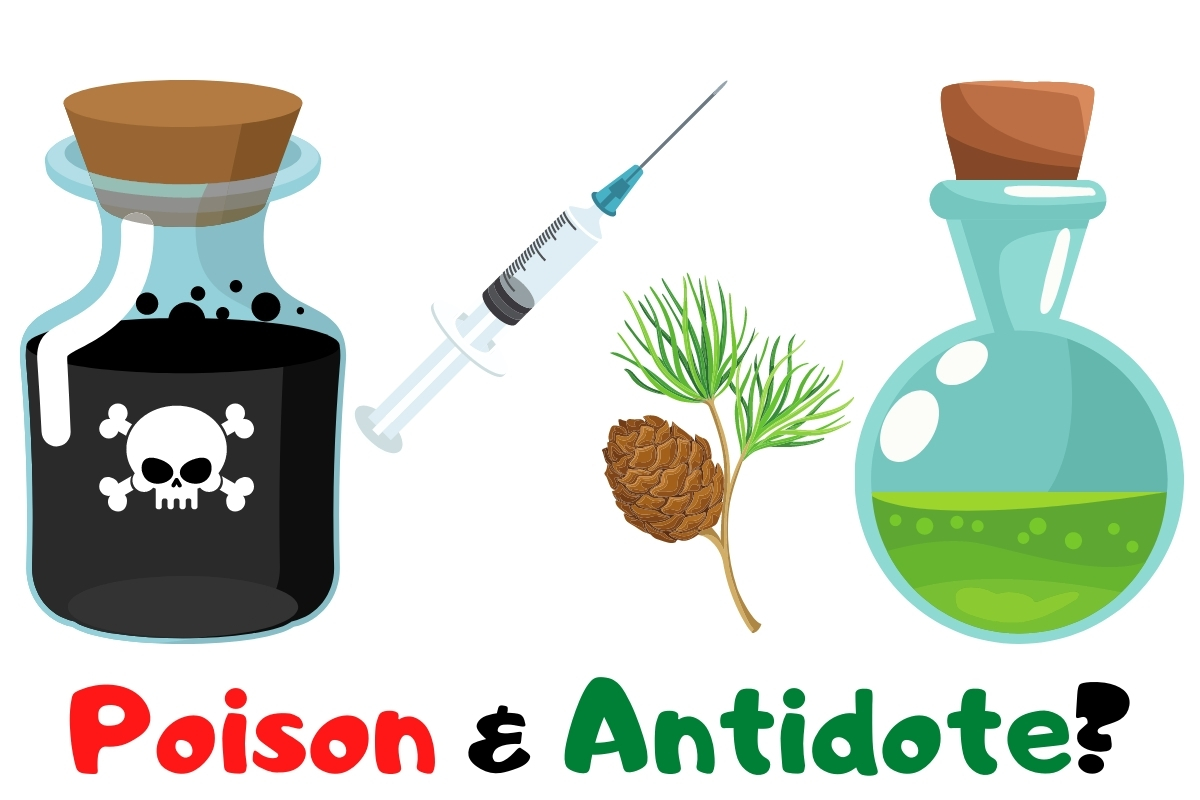
Toxicologic evaluation of passengers following the 1985 explosion of a Boeing 737 during takeoff in Manchester, England, revealed that 20 percent of the 137 victims who escaped had dangerously elevated levels of carbon monoxide, while 90 percent had dangerously elevated levels of cyanide. Vehicular fires can also expose victims to cyanide. These products include wool, silk, polyurethane (insulation/upholstery), polyacrylonitriles (plastics), melamine resins (household goods), and synthetic rubber. Cyanide can be liberated during the combustion of products containing both carbon and nitrogen.

A summary table to facilitate emergency management is provided ( table 1).


Though significant cyanide poisoning is uncommon, it must be recognized rapidly to ensure prompt administration of a lifesaving antidote and supportive treatment. Used in both ancient and modern times as a method of execution, cyanide causes death within minutes to hours of exposure. INTRODUCTION - Cyanide is a mitochondrial toxin that is among the most rapidly lethal poisons known.


 0 kommentar(er)
0 kommentar(er)
